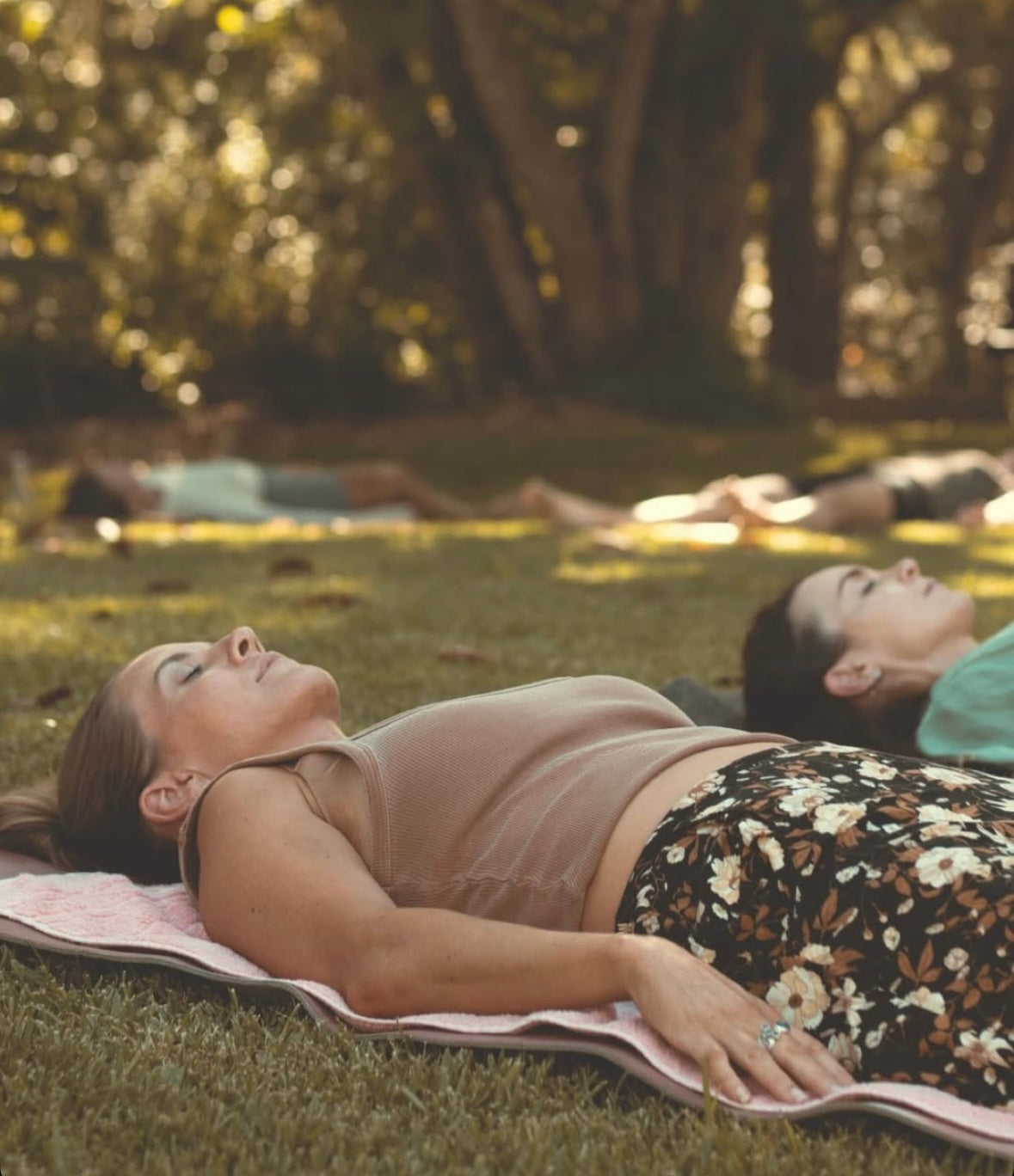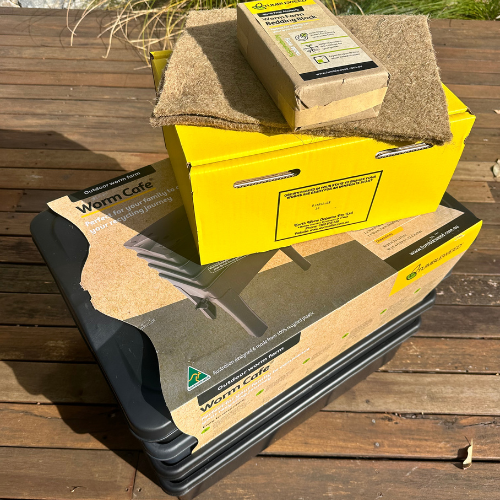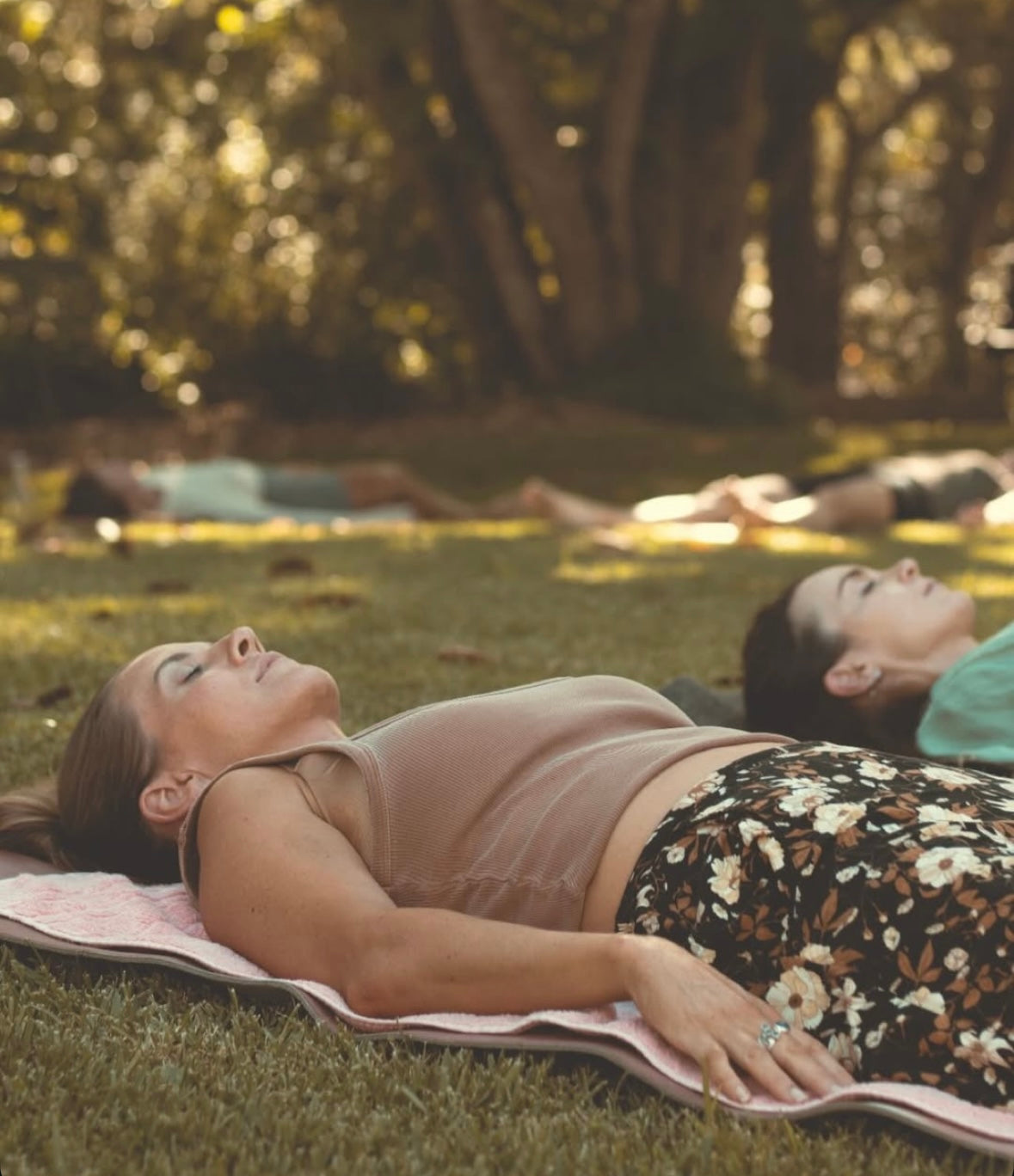When it comes to creating a nurturing environment for our children, the quality of the air they breathe plays a pivotal role. With the average person spending about 90% of their time indoors, ensuring clean indoor air is crucial for our children's health and well-being. In this blog post, we'll delve deep into the world of indoor air quality, specifically focusing on children's rooms, and offer practical advice and swaps to make these spaces healthier.
Understanding Indoor Air Quality
Indoor air quality is influenced by various factors, including the presence of volatile organic compounds (VOCs), dust, mold, and other allergens. Unfortunately, children's rooms can be hotspots for these pollutants due to the common use of synthetic materials in toys, furniture, and decorations, which can off-gas harmful chemicals.
The Importance of Clean Air
Children are more susceptible to air pollution than adults because they breathe more rapidly, taking in more air relative to their body weight. Poor indoor air quality can lead to respiratory problems, allergies, and even affect cognitive functions, making it imperative to prioritize air purification in their living spaces.
Healthy Swaps and Tips for Cleaner Air
1. Swap Synthetic for Natural
- Furniture: Opt for furniture made from natural materials like solid wood with non-toxic finishes. Many pieces of particleboard and plywood furniture emit formaldehyde, a common VOC.
- Bedding and Decor: Choose organic cotton, wool, or bamboo bedding and decor. These materials are not only sustainable but also less likely to harbor dust mites and mold.
-Toys! I have said this before, but I purchased Harlow's first doll house and bought a wooden one thinking I was doing the right thing. Turns out it stunk so bad of chemicals, even when we left it outside for 3 months to off-gas! So we gave it away and I bought her a Barbie Dreamhouse. Not great for the environment, but there's no smell and it will last long enough for the Grandkids!
2. Embrace Non-Toxic Paint
When updating your child's room, choose paints labeled low-VOC or no-VOC. These paints significantly reduce the emission of harmful gases, contributing to a safer breathing environment.
3. Incorporate Air-Purifying Plants
Plants are nature's air purifiers, absorbing pollutants and emitting oxygen. Adding plants like spider plants, peace lilies, and rubber plants can help improve air quality. Just be sure to choose non-toxic varieties and keep them out of reach if you have young children or pets.
4. Use Natural Cleaning Products
Conventional cleaning products can be a significant source of indoor air pollution. Switch to natural, fragrance-free cleaning solutions, or make your own from ingredients like vinegar, baking soda, and essential oils.
5. Ensure Proper Ventilation
Regularly airing out your child's room can significantly improve air quality by reducing pollutant concentration. Whenever possible, open windows to allow fresh air to circulate
6. Invest in an Air Purifier
An air purifier with a HEPA filter can capture fine particles like dust, pollen, and pet dander, making it a worthy investment for your child's room.
7. Mind the Floors
If possible, choose hardwood (yes hardwood will have chemicals too if it's new) or tile flooring over carpet. Carpets can trap pollutants, dust, and allergens. If you have carpets, vacuum regularly and consider professional cleaning periodically by a chem free cleaner.
8. Reduce Clutter
A cluttered room holds more dust and makes cleaning more challenging. Regularly decluttering toys, books, and knick-knacks can improve air quality and make for a more peaceful and healthy environment. If you have a Lego mad child like myself, i see you! haha
Making conscious choices about the materials and products we use in our children's rooms can have a profound impact on the air quality and, consequently, on their health. By implementing these swaps and tips, you can create a safer, cleaner space that supports your child's well-being, allowing them to thrive.
Remember, every small step towards a healthier environment is a step towards a healthier future for our children. Start with one swap at a time, and soon, you'll transform your child's room into a sanctuary of clean air and wellness.






